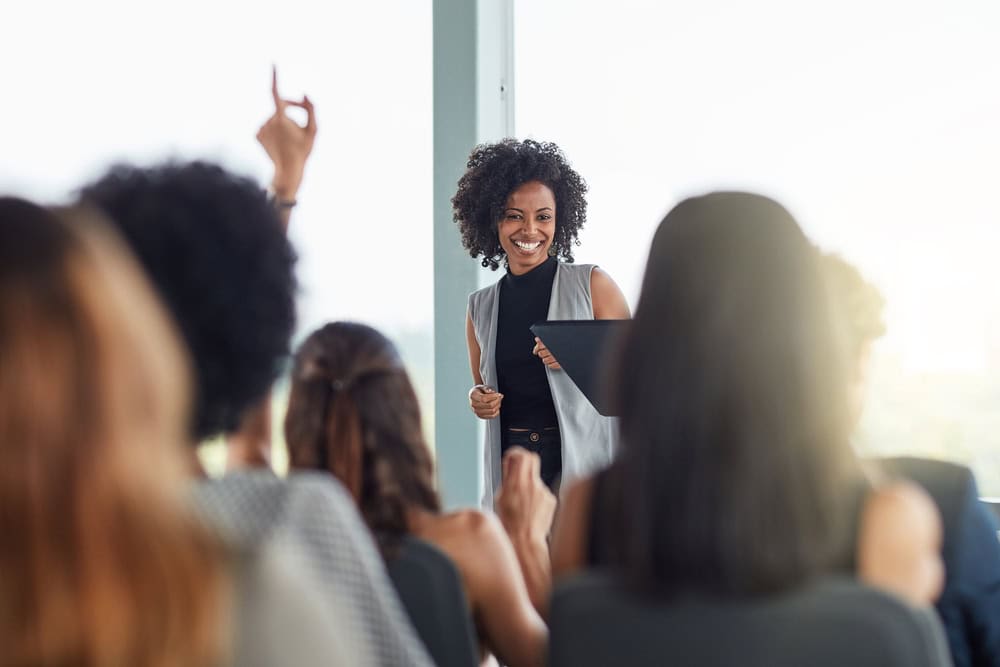
About IGNITE MSE
IGNITE MSE, The International Gathering and Networking for Individuals to Explore Materials Science and Engineering, is a program focused on professional development and career exploration for undergraduate and graduate students. The program features a variety of professional development and networking opportunities.
IGNITE MSE runs in conjunction with selected conferences affiliated with The American Ceramic Society. As each conference caters to a distinct audience, every IGNITE MSE event promises a one-of-a-kind experience, tailored to the attendees of that particular conference, so no two IGNITE MSEs will look exactly the same. However, all of them will have key pillars of content in common.
All IGNITE MSEs will include the following:
- Invited speakers on topics of professional development
- Poster session focused on the broader impacts of science
- Lunch with professionals
- Reception-style networking event

Invited Speakers
Invited speakers deliver engaging presentations on subjects that ignite their enthusiasm and drive, which they are eager to share with students. These sessions by our speakers will empower both students and early career professionals, equipping them with essential knowledge, skills, and valuable networks that will facilitate their success in their fields. With the invaluable perspectives shared by these accomplished individuals from both academic and industry domains, this event offers a unique opportunity for participants to develop a comprehensive understanding of the field and to delve into the diverse array of career pathways that lie ahead.
Poster Session
Poster sessions welcome submissions from researchers who are driven to create a positive impact on society through their scientific endeavors. Contributions aim to make science more relevant, understandable, and engaging to the public, ultimately fostering a positive societal impact and inspiring the next generation of materials scientists.
This session includes topics such as:
- Technology for Social Good: Investigating how technologies can be harnessed to tackle social and humanitarian issues, improving lives on a broader scale.
- Inclusivity and Diversity: Going beyond underrepresented communities to explore how fostering diverse perspectives within science drives innovation and promotes equitable outcomes.
- Ethics in Research: Engaging in critical discussions about the ethical implications of scientific discoveries and their potential impact on society.
- Outreach and Community Engagement: Exploring effective ways to convey complex scientific concepts to the general public, fostering greater understanding and enthusiasm.
Participating in this poster session allows researchers to present their work to a diverse audience and receive feedback from field experts. The session encourages interdisciplinary thinking and advocates for a comprehensive approach to scientific inquiry.
Posters will be presented in conjunction with the large poster session occurring at the respective conference.
Upcoming Events
Check back here for updates about our upcoming events!

IGNITE MSE at PACRIM/GOMD

IGNITE MSE at MS&T '25
Past Events

MS&T 23

ICACC 24

EMA 24
Questions about IGNITE MSE?
Contact foundation@ceramics.org